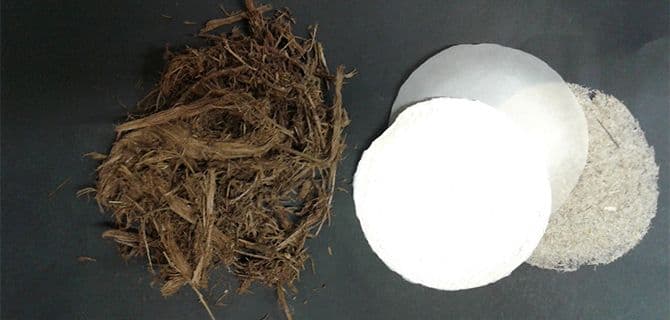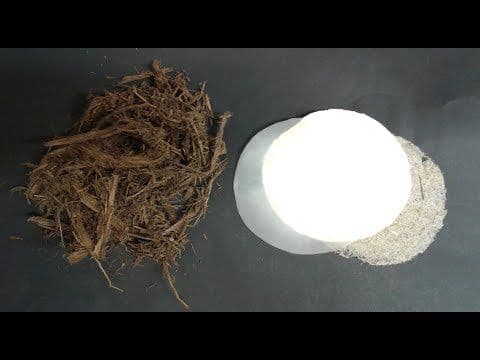Paper may not be first thing you think of when you think of elephant dung, but it is an excellent source of cellulose for paper manufacturing in countries where trees are scarce. And in regions with plenty of farm animals such as cows, upcycling manure into paper products could be a cheap and environmentally sound […]

Paper may not be first thing you think of when you think of elephant dung, but it is an excellent source of cellulose for paper manufacturing in countries where trees are scarce. And in regions with plenty of farm animals such as cows, upcycling manure into paper products could be a cheap and environmentally sound method to get rid of this waste.
Watch Alexander Bismarck, Ph.D., Discuss These Findings at the 255th ACS National Meeting & Exposition
The idea for the project germinated on Crete, where Bismarck noticed goats munching on summer-dry grass in the small village where he was vacationing. After working with goat manure, Bismarck, who is at the University of Vienna, Austria, his postdoc Andreas Mautner, Ph.D., and graduate students Nurul Ain Kamal and Kathrin Weiland moved on to dung from horses, cows and eventually elephants. The supply of raw material is substantial: Parks in Africa that are home to hundreds of elephants produce tons of dung every day, and enormous cattle farms in the U.S. and Europe yield mountains of manure, according to Mautner.
The researchers treat the manure with a sodium hydroxide solution. This partially removes lignin — which can be used later as a fertilizer or fuel — as well as other impurities, including proteins and dead cells. To fully remove lignin and to produce white pulp for making paper, the material has to be bleached with sodium hypochlorite. The purified cellulose requires little if any grinding to break it down into nanofibers in preparation for use in paper, in contrast to conventional methods.
The dung-derived nanopaper could be used in many applications, including as reinforcement for polymer composites or filters that can clean wastewater before it’s discharged into the environment, Bismarck says. His team is working with an industrial consortium to further explore these possibilities. The nanopaper could also be used to write on, he says. The researchers are also investigating whether the process can be made even more sustainable, by first producing biogas from manure and then extracting cellulose fibers from the residue.
